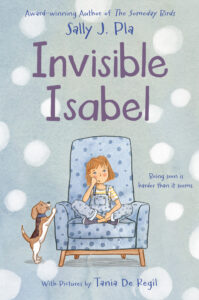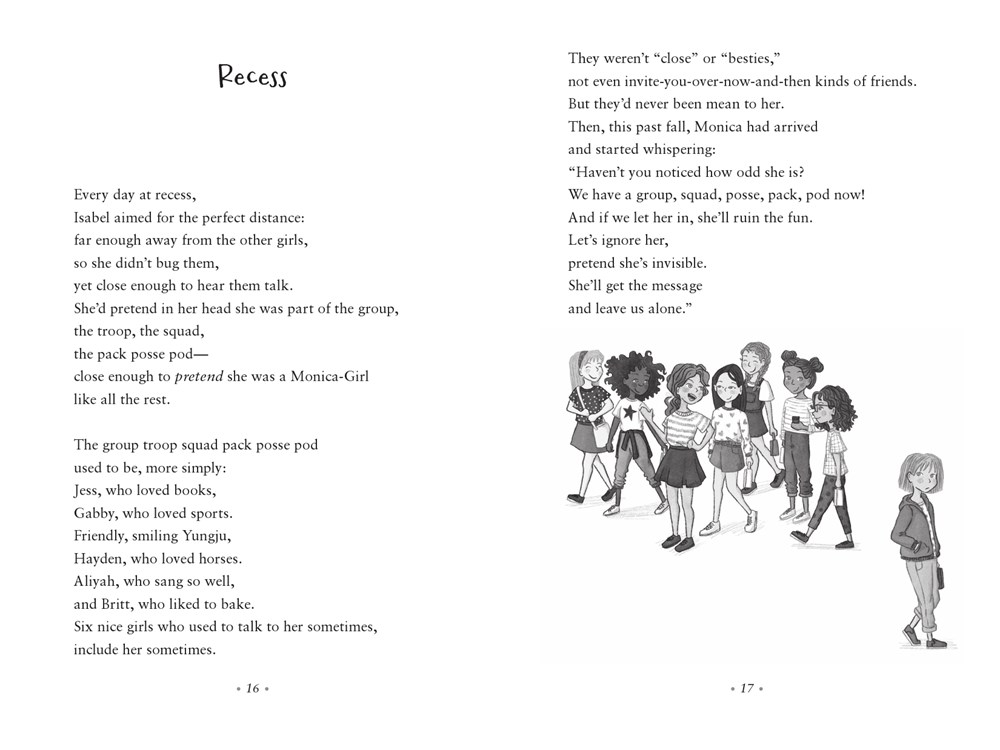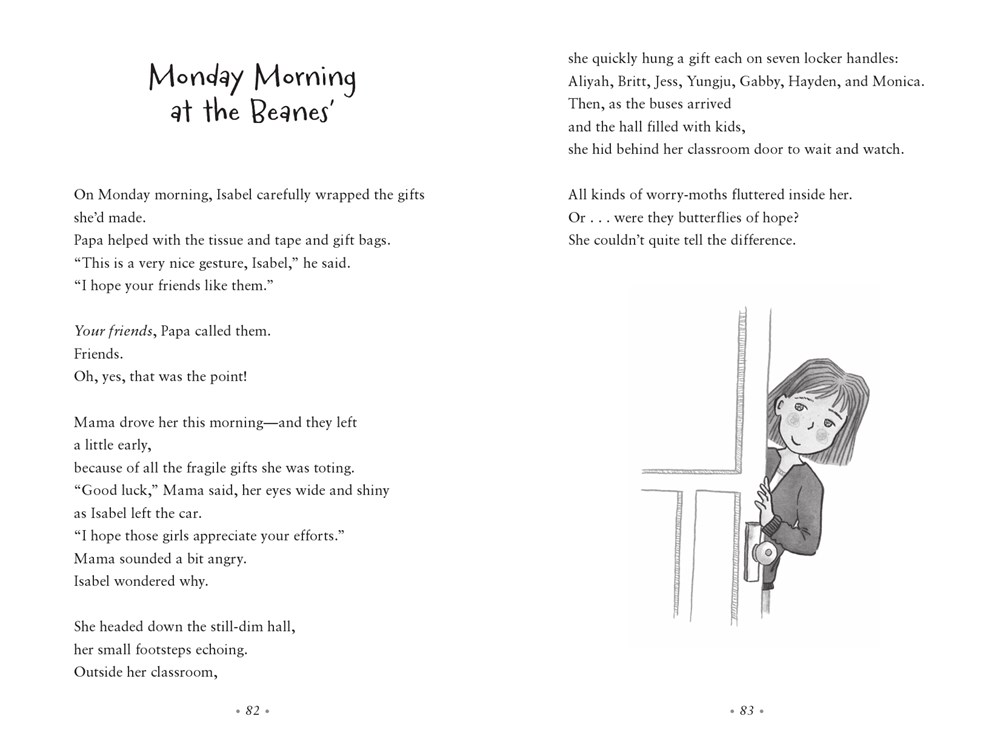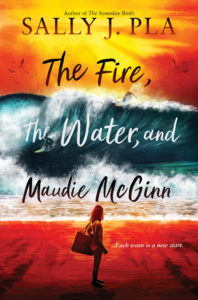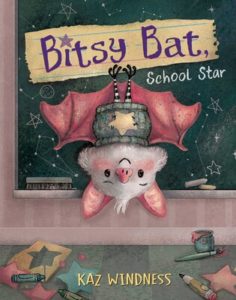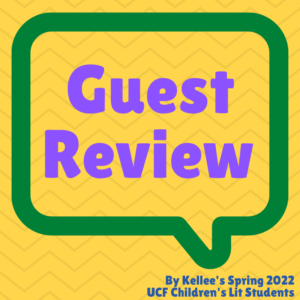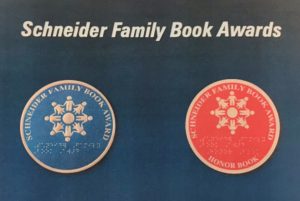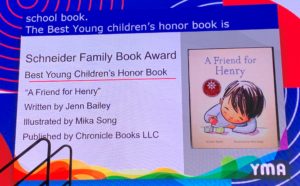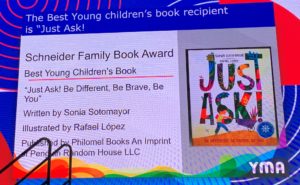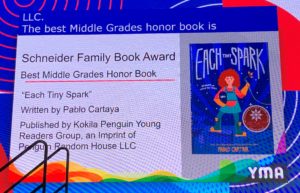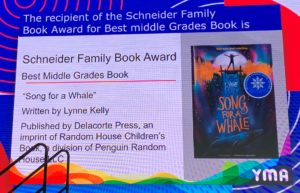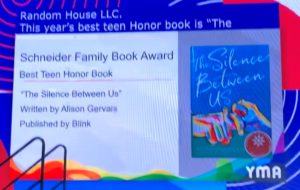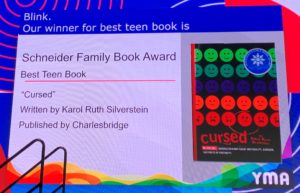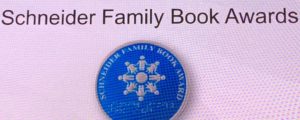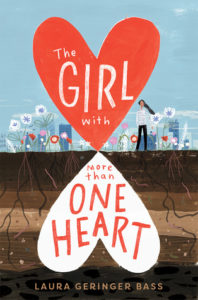Invisible Isabel
Author: Sally J. Pla
Illustrator: Tania de Regil
Published July 9th, 2024 by Quill Tree Books
Summary: In this illustrated middle grade novel by Schneider Award-winning author Sally J. Pla, introverted Isabel Beane learns how she can speak up to help quiet the worries she feels. For fans of Elana K. Arnold and Leslie Connor.
Isabel Beane is a shy girl who lives in a home full of havoc and hubbub and hullabaloo. With five siblings, there is too much too much-ness.
At the same time, there’s a new girl at school who is immediately popular, but she’s also not very nice to one person—Isabel.
Isabel has never felt more invisible. She has so many fears: being abandoned by her old friends at school, having to speak to strangers in public, taking the upcoming Extremely Important standardized test. Her fears feel like worry-moths that flutter in her belly. With every passing day, it seems like they get stronger and stronger. How can Invisible Isabel make people listen?
About the Author: Sally J. Pla is the ALA Schneider Award-winning author of THE FIRE, THE WATER, AND MAUDIE McGINN, as well as the Dolly Gray Award-winning THE SOMEDAY BIRDS and several other popular novels and picture books. Her books have starred reviews and appear on many state awards lists and “best books” roundups. Sally, who is neurodivergent, has appeared on television and radio as an author and autism advocate. She also runs the website resource A Novel Mind (anovelmind.com). Sally believes in kindness, respect, and the beauty of different brains. We are all stars shining with different lights! Visit her at www.sallyjpla.com.
Instagram: @sallyjpla
Twitter/X: @sallyjpla
Facebook: Sally Pla
Review: This book brought up a ton of emotions for me as a mom and as a teacher. I was so mad at so many of the characters that I had to stop, breathe, and I even sent a Tweet to the author. I could not understand how this sweet girl wasn’t understood by anyone around her, and all of these emotions I felt while reading shows you how the style and voice of the book just engulfed me as a reader. Because of the verse and first person point of view, every word written felt like it was precisely chosen to go straight to my heart. I loved Isabel’s voice because although she is so quiet outwardly, she has so much to say, and we, the reader, get the honor of reading her words.
This book adds another amazing story into narratives about neurodivergency, and I truly believe that it will help so many understand Isabel thus leading to more understanding in real life.
Tools for Navigation: The verse in this novel will lend itself so perfectly to mentor texts. I would love to see students read Isabel’s poetry about her worry moths then write their own versions or use her examples of figurative language in their own way.
Discussion Questions:
- What were signs that Isabel struggled at home? At school?
- How does Monica show that just one person can make a huge change? How about Monica’s dad?
- What is the line between pushing someone to do something outside of their comfort zone in a health way versus in an unhealthy way?
- Although Isabel’s stomach pains at one point ended up being appendicitis, did her anxiety also cause physical stomach pains? Why?
- How did the change in teaching style change how Isabel felt at school?
- How did the illustrations add to the book?
- What did the backmatter teach us about anxiety/autism?
Flagged Passages: A Worry-Moths Compendium (pg. 21)
Many scary what-if worries made Isabel’s heart thump,
her tongue dry up,
her hands sweat,
and her stomach churn
with moths.
At least, they felt like moths.
Like buzzing, fluttering worry-moths
with evil, anxious wings.
Mam might not think they were real.
But they sure FELT real to Isabel.
Read This If You Love: Books-in-Verse, A Boy Called Bat by Elana K. Arnold, Better with Butter by Victoria Pointek, Tom Percival’s emotion picture books, Jenn Bailey’s Henry books
Recommended For:
**Thank you to Barbara at Blue Slip Media for providing a copy for review!**
